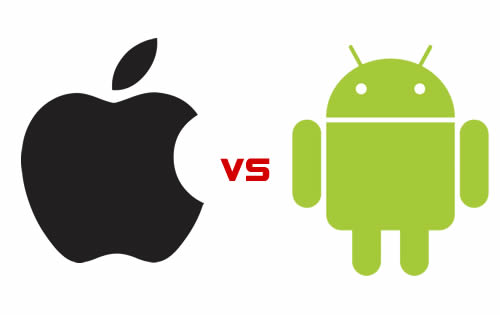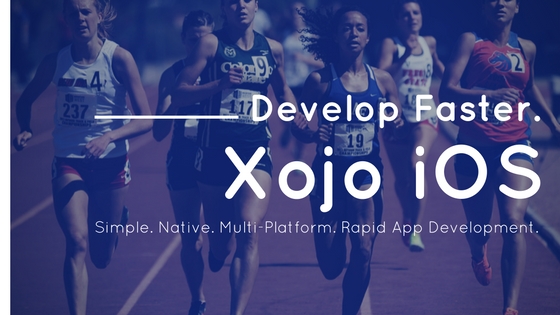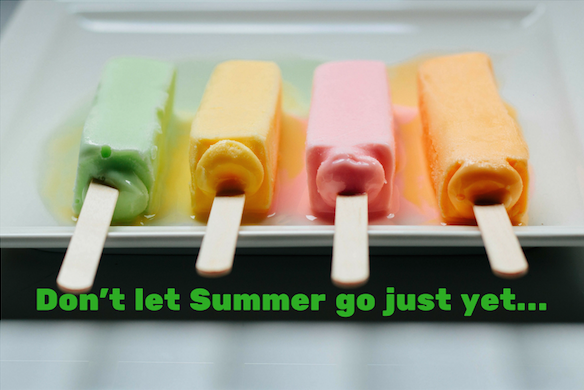After being available for just a week now, iOS 10 has already been installed on 34% of iOS devices. It may end up outpacing the adoption…
Comments closedXojo Programming Blog Posts
In this Xojo tutorial we will see how simple it is to make an iOS App that shortens an entered URL using the public API of Bit.ly. We will use our own subclass inherited from Xojo.Net.HTTPSocket, and the Declare statement in order to use some functions and methods found on the native Cocoa Touch API. In fact, the use of Declare is mandatory because with the new Xojo Framewok we don’t yet have access to the EncodeURLComponent function available with the old framework. This one is a big help in substituting any ilegal character with his hexadecimal value for the final URL’s composition.
Comments closedI recently had a folder full of jpg and png images that I wanted to reduce in size (the file sizes, not the image dimensions). There…
5 CommentsStarting with iOS 9, some iPads now support app multitasking which allows you to use more than one app at a time on the device. These apps can be displayed side-by-side or with an overlay. Your Xojo iOS apps support this feature automatically when all the Supported Orientations for the iPadScreen are turned on for your app.
Comments closedXojo is a great way to start making iOS apps. Whether you an app developer or you are just learning and want to make your own iOS apps, here are some reasons why you ought to look at Xojo.
Comments closedJoin Paul as he talks with Susan Fennema of Beyond the Chaos. Susan helps small business owners control their lives through better process, organization, and…
Comments closedHaving problems controlling your projects and clients enough to enjoy your life and have fun developing software? If you can put a few systems in place, you will deliver better customer service, increase your productivity, and communicate better. Here are five tips to help you on your path of reigning in the chaos.
Comments closedLearn to customize URI schemes on Windows with Xojo applications.
Comments closedWouldn’t it be nice to have a TextField with Autocomplete for Xojo Apps, like we are used to in the Xojo IDE? You know, you start to type…
4 CommentsMy kids both recently finished their summer band camps. My son plays the trombone and my daughter plays the saxophone and trumpet. As one of the instructors at band camp said, even if you don’t take up a career in music, learning and playing music exercises important parts of your brain that are useful for learning other things. In fact, some have wondered if learning music helps with math skills.
I think the same thing can be said about coding. In fact, there is research that found students with computer programming skills scored higher on cognitive ability tests than students without any programming skills. Coding teaches you skills that are valuable even if you don’t plan on being a professional software developer. Being able to code means utilizing incredible attention to detail and thinking about problems abstractly, useful skills for anyone – student or professional.
Remember, Summertime isn’t just an opportunity for the kids to learn new things. You’ve still got a month of Summer left, plenty of time to expand your own skill set. While the kids are at band camp or swim camp send yourself to programming camp from the comfort of your air-conditioned home.
1 Comment





